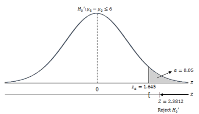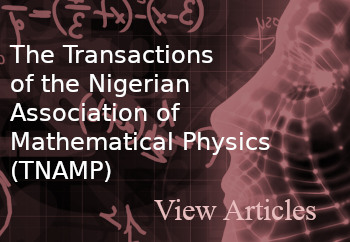BINOMIAL EXPANSION – A SIMPLE COMPARATIVE ANALYSIS AND TIME COMPLEXITY OF CONVENTIONAL AND ALTERNATIVE METHODS
DOI:
https://doi.org/10.60787/jnamp-v66-309Keywords:
Computer-ready, Time complexity, Analysis, Binomial expansion, ScienceAbstract
Alternative (or computer-ready) approach of learning Mathematics is exemplified and compared to the conventional methods using binomial expansion as a sample subtopic. The approach uses the tabular system for obtaining the terms of a binomial expansion. Three groups of randomly selected 100 level students are tested using one method for each group. We present a comparative analysis of the data obtained. Some advantages of the alternative method were observed. It can go a long way to enhance students’ understanding of the concept. Moreover, it enables the programming of binomial expansion for computer aided solutions to problems whose solutions require binomial expansion as can be deduced from the time complexity of the methods.
Downloads
References
Borodin, A. (1975). The computational complexity of algebraic and numeric problems.
Christensen, H. P., Vigild, M. E., Thomsen, E., Szabo, P., & Horsewell, A. (2009). Activating teaching methods, studying responses and learning. Active learning for engineering education (9è: 2009: Barcelona).
Christensen, H.P. (2001). Study strategies for engineering students at DTU, Part 1: Data Fall 1999 – Spring 2001, CMD Report, DTU.
Christensen, H.P. (2002). Study strategies for engineering students at DTU, 30th SEFI (Societé Européenne pour la Formation des Ingénieurs) Annual Conference, Firenze, September 8th – 11th.
MetaQuotes Software Corp. (2010). MetaEditor development profiling. MetaTrader 5. Retrieved from https://www.metatrader5.com/en/metaeditor/help/development/profiling

Downloads
Published
Issue
Section
License
Copyright (c) 2024 The Journals of the Nigerian Association of Mathematical Physics

This work is licensed under a Creative Commons Attribution-NonCommercial-ShareAlike 4.0 International License.




